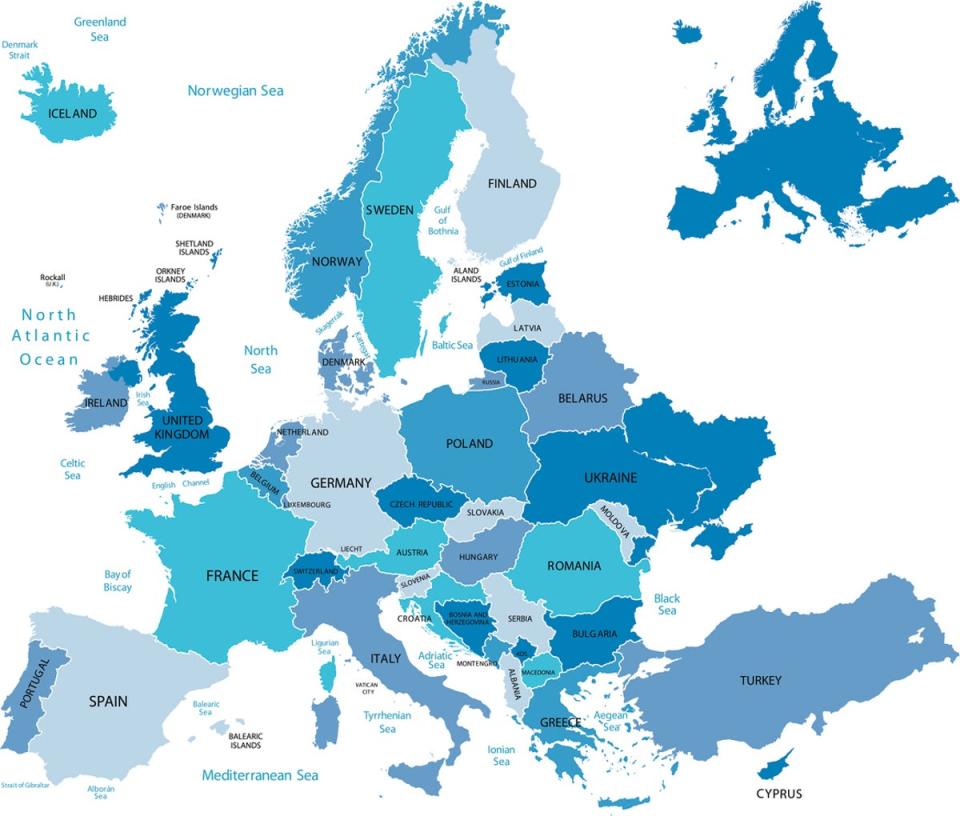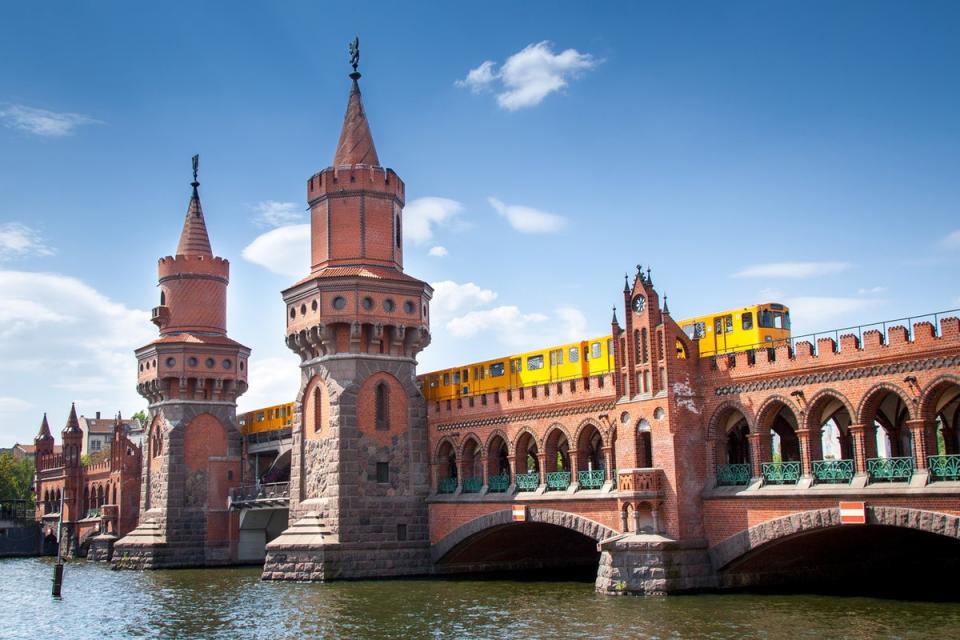Interrailing explained: What it is, how to do it and how much it costs

Since its inception in 1972, Interrailing has been a popular concept with travellers looking to see Europe on a budget.
Though originally for students, it now offers people of all ages the freedom to explore countries at their leisure while saving money on flights and avoiding having to book dozens of separate trains.
Whether you want to spend a few days travelling across France or two months traversing the length of the continent, Interrailing is an accessible option that leaves you in control.
Travel whenever you want and to wherever you want across 33 different countries, from the UK to Greece and Turkey.
With a little bit of research – from route maps to pricing options – you can easily book the European rail trip of a lifetime. We’ve collated all the information you need to get planning.
What is an Interrail pass, and how do they work?

An Interrail pass is an ‘all-in-one’ ticket that allows you to travel on trains within 33 countries in Europe without having to buy separate tickets.
Global Passes offer access to several countries, with no need for specific itineraries, from €194 (£168). One Country Passes give you the opportunity to explore a single country in depth, with prices starting at €51 (£44).
Read more on travel inspiration:
Passes allow travel either continuously – in other words, on every day within a given timeframe – or on a flexible basis, for example on any 10 days within a given two-month period. One Country Passes start at offering three days’ travel within a given month, extending up to eight days, while Global Passes offer anything from four days within one month up to continuous travel over three months, the latter giving you the ultimate freedom to travel on any day you like for around €711 (£618).
Passes can be used by anyone who lives in Europe – and the UK is included – with discounts for certain age groups, including over-60s and those under 27 years old (children aged between four and 11 travel for free).
How much is an Interrail pass?

One Country Passes vary in price according to the country, with prices in Italy starting at €133 (£115) and Germany available from €153 (£133).
For reference, an eight-day pass in Italy would cost €235 (£204). The cheapest One Country passes are as little as £47 for countries including Poland, Bulgaria and Latvia.
Global Passes start at €194 (£168) for a four-day Flexi Pass, which allows travel on “as many trains as you like on each of your four travel days”. The most expensive Flexi Pass is €389 (£338), and it allows travel on 15 different days within two months.
The second category of Global Passes, called Continuous Passes, start at €349 (£303). These allow you to take “as many trains as you like for 15 days straight”. Such passes are also available for 22 days (€408/£354), one month (€528/£459), two months (€575/£500) and three months (€711/£609).
Included in the price is one outbound and one inbound journey into your resident country.
Which countries are included in the passes?

According to the interrail website, passes are valid in the following countries:
Austria, Belgium, Bosnia-Herzegovina, Bulgaria, Croatia, Czech Republic, Denmark, Estonia, Finland, France, Germany, Great Britain, Greece, Hungary, Ireland, Italy, Latvia, Lithuania, Luxembourg, Montenegro, Netherlands, North Macedonia, Norway, Poland, Portugal, Romania, Serbia, Slovakia, Slovenia, Spain, Sweden, Switzerland, Turkey.
What counts as a travel day?
The Interrail website states that a travel day is “a 24-hour period in which you can travel on trains with your Interrail Pass. It lasts from 00.00 (midnight) to 23.59 on the same calendar day”. Night trains can help you save a travel day, as “you only have to use one travel day (the day of departure if the train departs before 23:59)”.
Helpful additional information

Many trains can be boarded by simply showing your ticket to staff, though seat reservations need to be booked separately. Passes can be provided in paper format or delivered straight to your phone via the Interrail app.
Passes are valid on all national railways, and some private railways, in participating countries. They are not valid on local services, such as the metro, but do give discounts on some networks, including a variety of ferry networks around Finland, Estonia, Greece and Turkey.
The Interrail website is somewhat unclear in its assertion regarding some trains being included. Seat reservations are an important aspect of the pass, as your pass alone is not valid for travel on some trains – you must also have a seat reservation.
Reservations are often required in France, Spain and Germany, and are necessary on all night trains and most high-speed trains. Prices range €2 (£1.74) to €20 (£17.40), and must be paid for in addition to the cost of your pass.
If travelling from the UK, though you can board Eurostar trains to Paris, Amsterdam and Lille, each journey carries an additional reservation fee of €30 (£26).
Loose route ideas, a railway map of Europe, FAQs and a train timetable can be found on the Interrail website.
You have up to 11 months from the date of purchase to activate your mobile pass. Do this by selecting your first travel day (the start date) and entering your passport or ID number.
The Interrail site states: “Your first travel day is the start date of your Pass – you have the option to select the start date in advance or when you’re ready to activate the Pass.”

